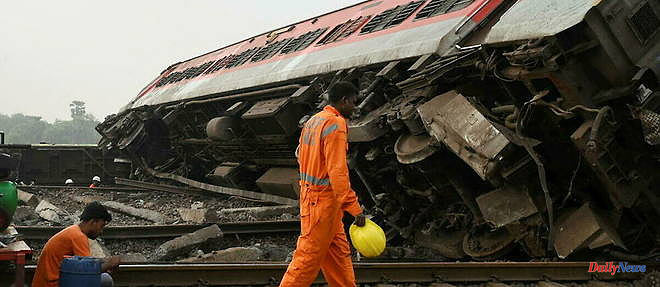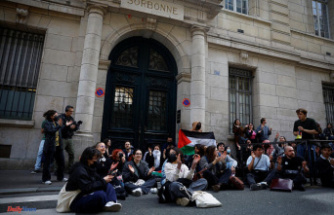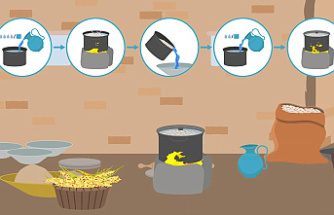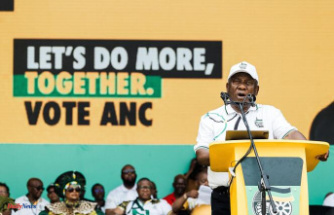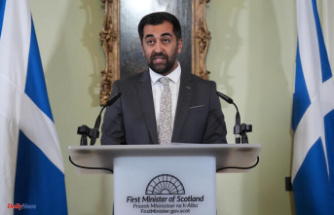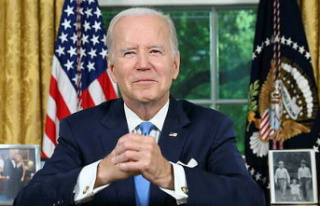A collision between three trains left at least 288 dead and 900 injured on Friday evening in eastern India, and rescue workers are working on Saturday to extricate the many travelers trapped under the metal carcasses of the wagons. AFP journalists on the spot saw overturned wagons, rescuers working tirelessly to extract survivors from the wreckage, and many corpses covered in white shrouds lying next to the tracks at the scene of the tragedy, near Balasore, in approximately 200 kilometers from Bhubaneswar, the state capital of Odisha.
Odisha State Fire Service Director General Sudhanshu Sarangi told AFP that the death toll has reached 288. Search and rescue operations for the victims were completed on Saturday. A senior representative of the regional government, Pradeep Jena, for his part, told AFP that around 850 people had been hospitalized. A relentless parade of ambulances dropped off injured people at Bhadrak district hospital overnight, where the bloodied and shocked survivors are being treated in overcrowded conditions.
According to Amitabh Sharma, the director of Indian Railways, two passenger trains were "actively involved in the accident". A third train, a freight convoy, was parked at the site of the tragedy, he told AFP without providing further details. "The number of casualties on the ground or injuries is very difficult to assess at the moment," Sharma said, as many passengers likely remain trapped in the rubble.
A survivor told reporters he was asleep when the crash happened, and awoke to find himself under a dozen other passengers, before crawling out of his compartment with injuries to his chest. neck and arm. "We have prepared all major public and private hospitals, from the crash site to the state capital, to take care of the injured," said SK Panda, a spokesman for the regional authorities. He added that 75 ambulances and "numerous buses" were sent to the scene to transport both injured passengers and survivors.
“My thoughts are with the bereaved families. May the injured recover quickly,” Modi tweeted, adding that he had spoken with Railways Minister Ashwini Vaishnaw to “update the situation.” India has experienced several other rail disasters in the past, but safety on the rails has improved significantly in recent years thanks to massive new investments and technological upgrades. The deadliest railway accident in this country is that of June 6, 1981 when, in the state of Bihar (east), seven wagons of a train crossing a bridge fell into a river, the Bagmati, between 800 and 1,000 dead.
Another particularly deadly recent accident: on November 20, 2016, the Patna-Indore express train, carrying 2,000 people, derailed early in the morning in a rural area of the state of Uttar Pradesh (north), in a time when most of its passengers were asleep. The disaster left 146 dead and around 180 injured. Since the turn of the century, 13 rail accidents, including at least three caused by terrorist attacks, have each killed more than 50 people.

